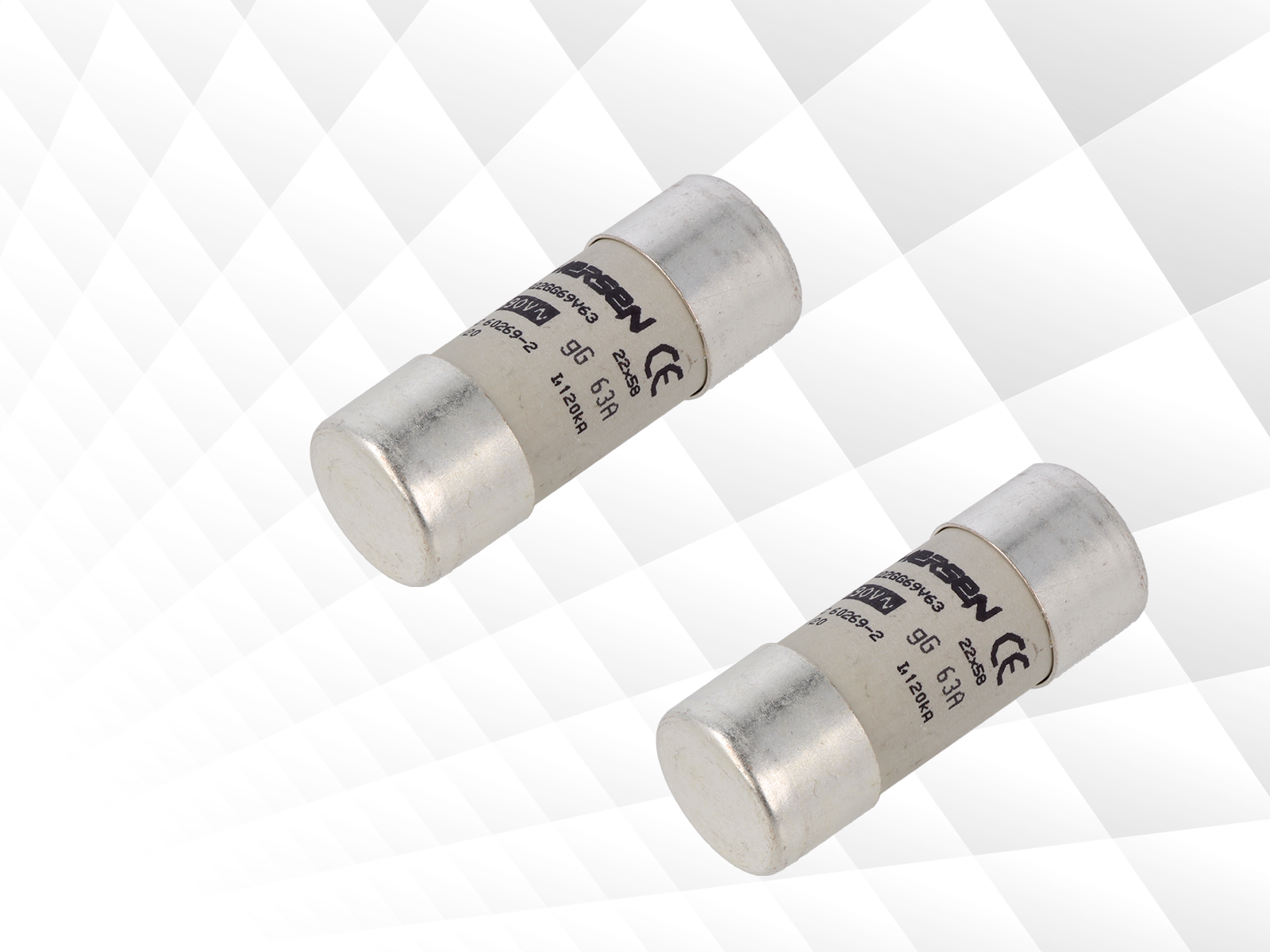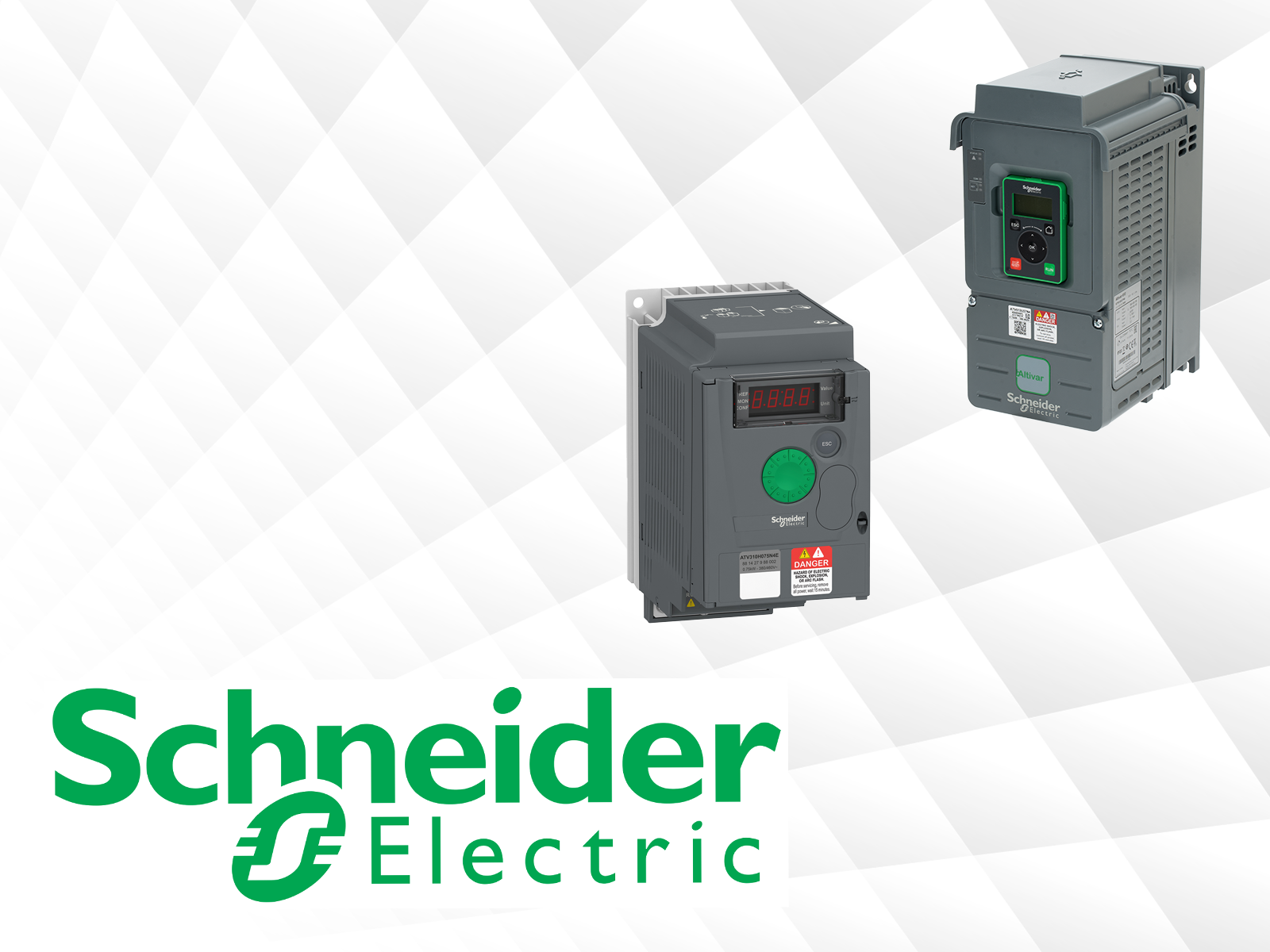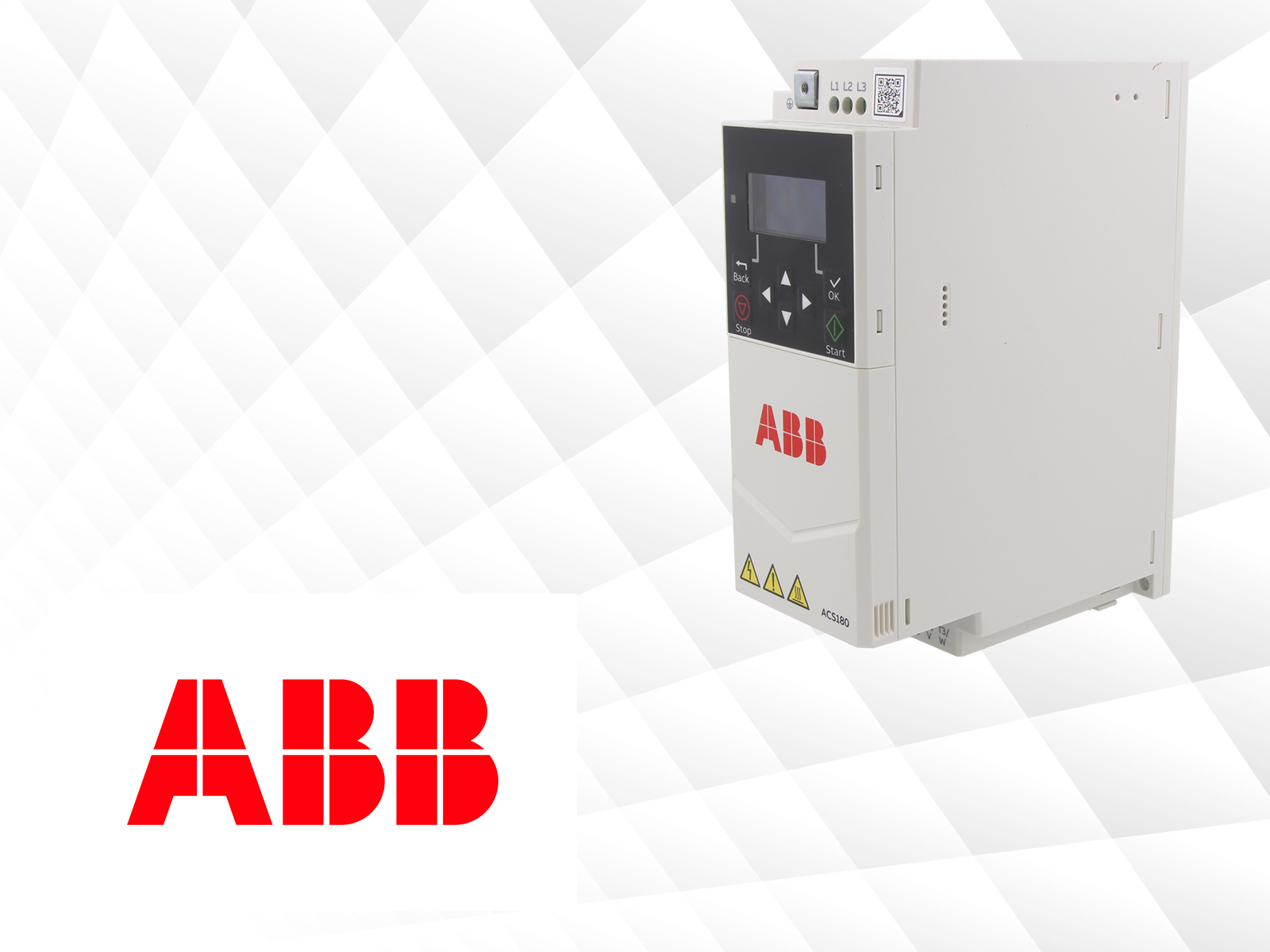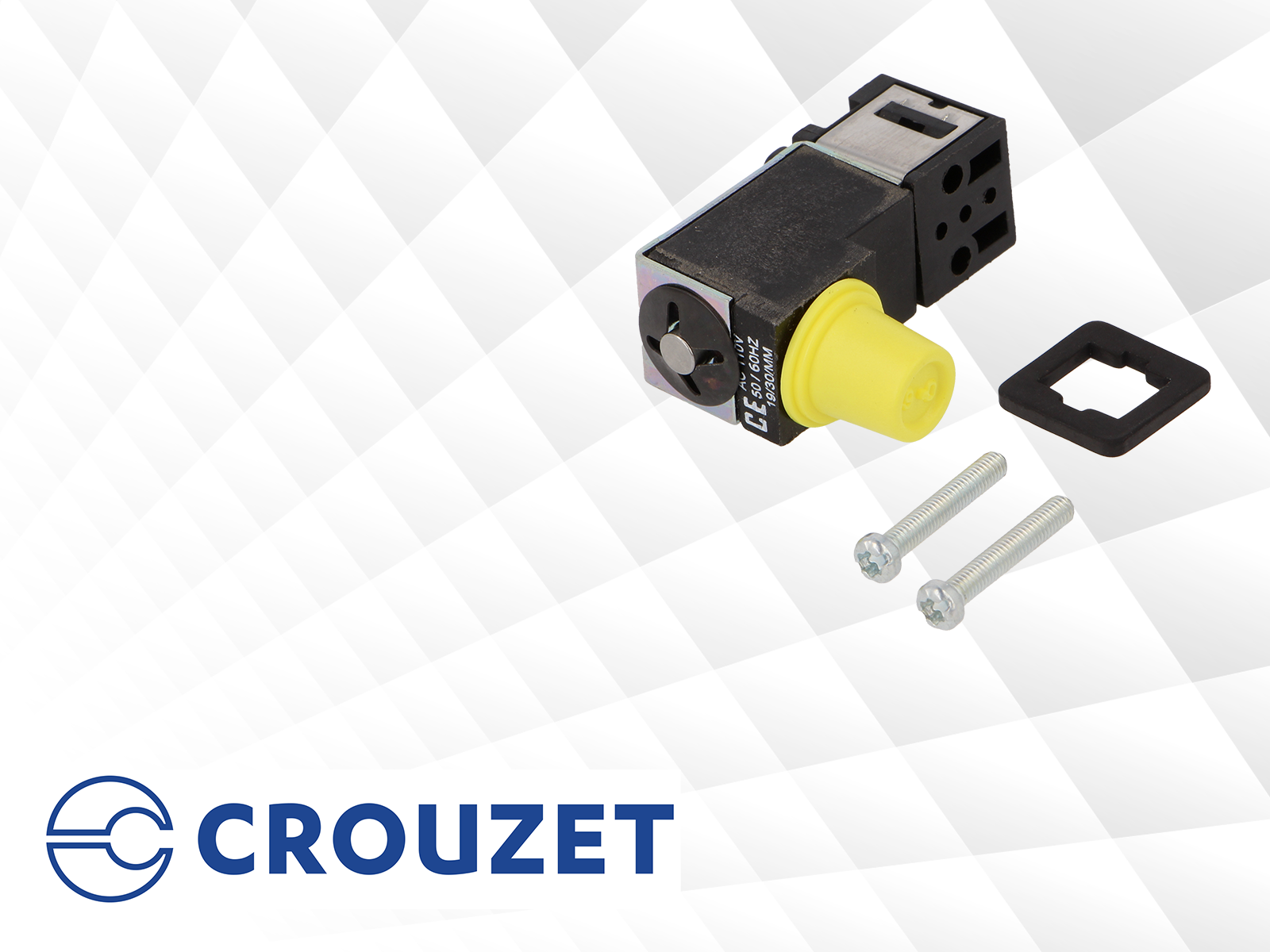In the field of LED technology, especially when it comes to lighting and illumination, for a long time there have been attempts to achieve an effect that would be as close as possible to natural sunlight. However, it is important to note here that in its spectrum, there are parts that go beyond the reception range of the human eye. This is the case with ultraviolet (UV) radiation, i.e. wavelengths from 100 nm to 400 nm, which is invisible to us. This spectrum is further divided into UV-A, UV-B and UV-C ‒ all within strict limits and possessing slightly different characteristics.
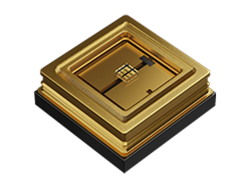
In the TME catalogue, you can find Refond LEDs, which emit light in the UV-B (i.e. from 305 nm to 311 nm) and UV-C (from 270 nm to 280 nm) ranges. In terms of electrical parameters, they do not differ significantly from the LEDs that are commonly used for the illumination of interiors. Characterised by a maximum power up to 3.8 W at currents up to 350 mA (depending on the model), they are surface-mount devices (SMDs) and can operate in a temperature range from -40°C to 45°C (this means that in certain applications they may require passive or even active cooling).
It should be noted here that the generation of the UV spectrum radiation, in terms of technology, is much more complicated than in classical LEDs. It requires not only the manufacture of a special light-emitting structure, but also enclosing it in a housing that is resistant to destructive UV rays. Solutions of this type are often implemented in all kinds of analysers and detectors (e.g. for checking banknotes) or in photo-curing and bleaching processes. UV-B light-emitting diodes often complement solutions for lighting and stimulating plant growth, as photosynthetic processes remain dependent on the presence of radiation from the full sunlight spectrum. In recent years, UV-C light-emitting diodes have become very popular, because due to the effects of the UV-C radiation they are used in disinfecting and sanitising applications.
Keeping in mind the negative effects of UV radiation on the human body, users should remember to wear eye and skin protection when using LEDs .
| Specification | |
|---|---|
| Type of diode: | LED |
| LED colour*: | UV-B or UV-C |
| Viewing angle: | 120° |
| LED current*: | 20...350 mA |
| Maximum power*: | 0.3...3.8 W |
| Wavelength λd*: | 270...280 nm or 305...311 nm |
| Operating voltage: | 4.5...7.5 V |
| Mounting: | SMD |
| Dimensions*: | 3.6x3.6x1.8 mm or 3.7x3.7x1.8 mm |
| Optical power*: | 1...50 mW |
| Diode lens: | transparent |
| Operating temperature: | -40...45°C |
* depending on the model
Product overview
| Symbol | Wavelength λd [nm] |
Maximum power [W] |
Optical power [mW] |
LED current [mA] |
|---|---|---|---|---|
| RF-C36D0-UTP-AR | 305...311 | 0.8 | 6...10 | 80 |
| RF-C36N0-URP-AR | 270...280 | 0.3 | 1...3 | 20 |
| RF-C36N0-URT-AR | 270...280 | 0.8 | 6...10 | 80 |
| RF-C37D0-UTP-AR | 305...311 | 0.8 | 6...10 | 80 |
| RF-C37N0-URP-AR | 270...280 | 0.3 | 1...3 | 20 |
| RF-C37N0-URT-AR | 270...280 | 0.8 | 6...10 | 80 |
| RF-C37P0-URF-AR | 270...280 | 3.8 | 40...50 | 350 |
| RF-C37P0-URH-AR | 270...280 | 1.4 | 10…15 | 150 |


